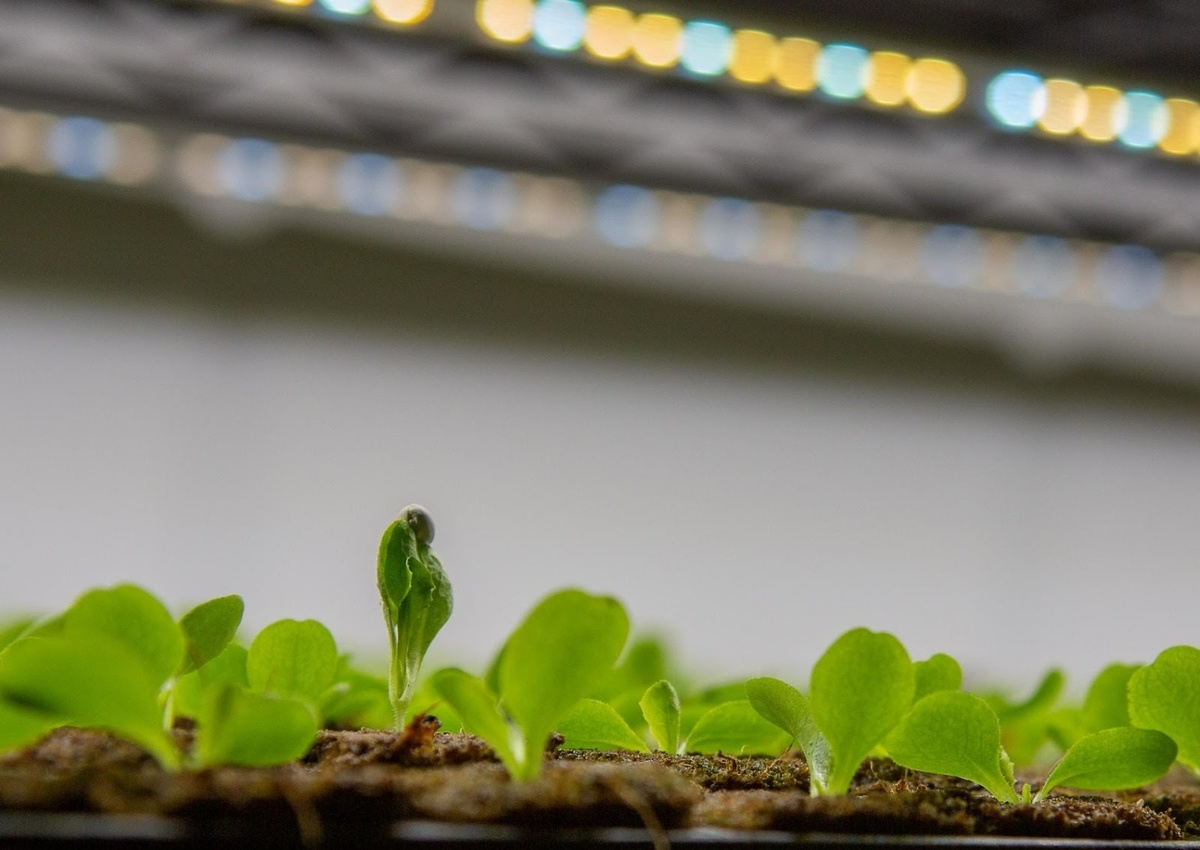Blog
Beginner’s Guide to Setting Up an Indoor Garden
Starting an indoor garden is a rewarding way to grow herbs, vegetables, and decorative plants year-round. Whether you have limited outdoor space or simply want to enjoy gardening indoors, setting up a successful indoor garden is easier than you might think. With the right preparation and care, your indoor plants will thrive, providing you with fresh air and food.
Here’s a simple guide to help beginners create a healthy, flourishing indoor garden. Let's get started!
Choose the Perfect Location
The first step in creating a successful indoor garden is choosing the right spot. Ideally, pick an area that gets plenty of natural light, like near large windows or in a bright sunroom. If strong natural light isn’t available, look for a space close to electrical outlets so you can easily set up grow lights. A spare room, basement, or dedicated grow tent can all be great options, depending on your space and setup.
Make sure the location is easy to access so you can water, prune, and check on your plants regularly. At the same time, try to keep it away from high-traffic areas to avoid accidental bumps or damage. If possible, set up your garden near a water source, such as a bathroom or utility sink, to make watering and cleanup much easier.
Invest in Good Lighting
Providing enough light is one of the biggest challenges when growing plants indoors, so investing in quality artificial lighting is essential. LED grow lights are a favorite among indoor gardeners because they offer a full spectrum of light that closely mimics natural sunlight. They’re also energy-efficient, long-lasting, and produce very little heat, which helps prevent your plants from getting scorched.
Improve Airflow and Ventilation
Good airflow is key to keeping your indoor garden healthy. Proper ventilation helps control temperature and humidity, two factors that play a big role in plant health. Using a grow tent exhaust fan is a great way to remove stale, stuffy air and bring in fresh, cool air, which keeps conditions stable and reduces the risk of mold and pests.
An oscillating fan can also help circulate air throughout your garden, preventing hot spots and encouraging stronger stems. This gentle, consistent breeze mimics the natural outdoor environment, helping your plants grow sturdier and more resilient.
Choose the Right Containers and Soil
Selecting appropriate containers with good drainage is essential to prevent waterlogging and root rot. Fabric pots or air-pruning containers allow roots to breathe and encourage a robust root system. For soil, high-quality potting mixes or soilless blends like coco coir provide good aeration and moisture retention, supporting healthy root growth and nutrient uptake.
Water and Feed Thoughtfully
Water your plants only when the top inch of soil feels dry to the touch to avoid overwatering, one of the most common indoor gardening mistakes. Water deeply but infrequently, allowing roots to grow strong and healthy. Feeding your plants with balanced fertilizers, especially during active growth, supplies essential nutrients. Start with diluted solutions and adjust based on your plants’ response to avoid nutrient burn.
Clean and Monitor Regularly
Maintaining cleanliness in your indoor garden prevents disease and pest issues. Wipe down surfaces, clean pots and trays, and disinfect tools regularly. Remove fallen leaves and debris promptly, as they can harbor mold and pests. Inspect your plants frequently for any signs of trouble, such as discoloration, pests, or unusual growth patterns. Taking notes or photos can help track progress and catch problems early.
Final Thoughts
Setting up an indoor garden may seem daunting at first, but with these basic steps, you can create a thriving green space inside your home. Remember that patience and observation are key—plants communicate their needs if you learn to listen. With proper lighting, ventilation, watering, and care, your indoor garden will flourish year-round.





Comments